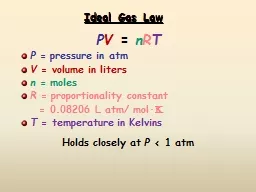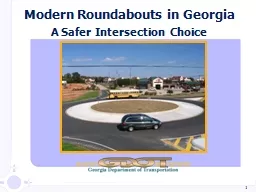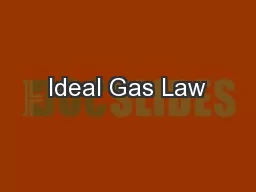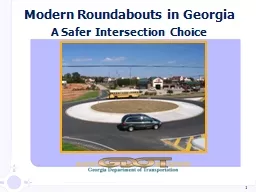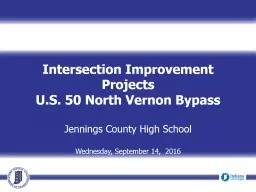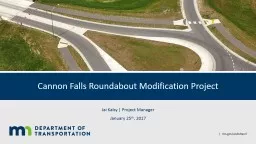PPT-TOWARDS THE IDEAL ROUNDABOUT DESIGN
Author : pasty-toler | Published Date : 2018-01-20
C KROGSCHEEPERS M WATTERS CR TICHAUER FH VAN RENSSEN G MATTHEE Content Background Review of Existing Roundabouts Sample of 37 Inscribed Circle Diameter
Presentation Embed Code
Download Presentation
Download Presentation The PPT/PDF document "TOWARDS THE IDEAL ROUNDABOUT DESIGN" is the property of its rightful owner. Permission is granted to download and print the materials on this website for personal, non-commercial use only, and to display it on your personal computer provided you do not modify the materials and that you retain all copyright notices contained in the materials. By downloading content from our website, you accept the terms of this agreement.
TOWARDS THE IDEAL ROUNDABOUT DESIGN: Transcript
Download Rules Of Document
"TOWARDS THE IDEAL ROUNDABOUT DESIGN"The content belongs to its owner. You may download and print it for personal use, without modification, and keep all copyright notices. By downloading, you agree to these terms.
Related Documents




